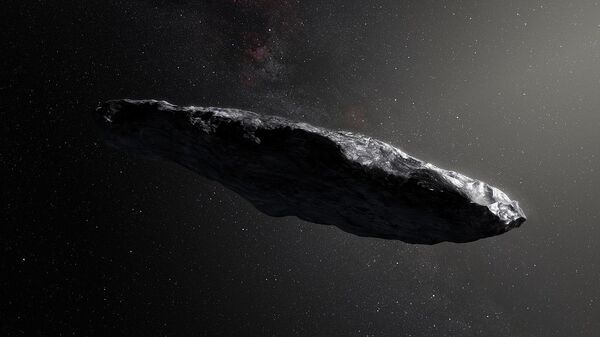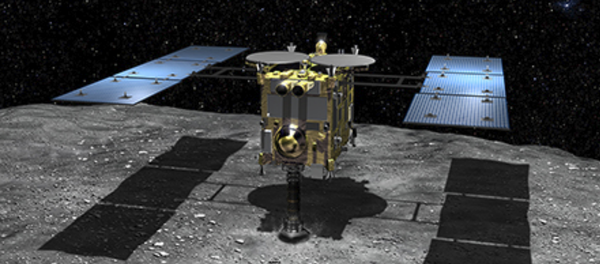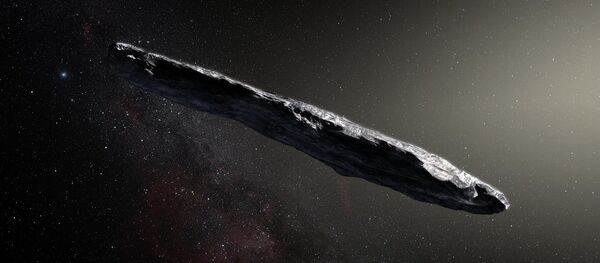What was perceived to be the interstellar asteroid, which was later called Oumuamua, first entered the spotlight back in October 2017 when it was first spotted whizzing past the sun in Hawaii, and has since sparked genuine scientific interest. The Hawaiian name roughly translates to “first”, thereby allegedly referring to the “first messenger,” a number of media reported.
Harvard astronomer Avi Loeb made headlines at the time due to his very special take on the first known interstellar object to visit our solar system and is still standing by his conclusions.
"For me, the question of whether we are alone is the most fundamental in science", said Avi Loeb, chair of the Astronomy Department at the US university. He argues that it is essential from the scientific point of view to at least try conducting an Oumuamua alien investigation. He told The Express in an interview that people get really upset by the assumption in light of their general prejudice about extra-terrestrial civilizations.
“There is all this baggage from science fiction and Unidentified Flying objects (UFOs)”, he said adding the scientific community “shies away from discussing the search”, which he supports via using his high-profile tenure and reputation at the top US University.
“If I were to claim Oumuamua must have been artificial in origin, this would have required extraordinary evidence”, he said, going on to argue that what he is doing is trying to “motivate to collect” more of it.
According to Loeb, if it's thin like a pancake, Oumuamua could be a light, or solar, sail, propelled by solar radiation pretty much like the way wind pushes a boat. The promising technology is currently being developed and tested by NASA and other research groups, such as Breakthrough Starshot, which Loeb is a part of.
"It's quite possible that another civilization that had much more time for its technological development already matured this technology, and as a result, they're using it", he said, adding that it’s not speculation, but scientific assumptions based on Oumuamua’s unusual trajectory and inexplicable boost of speed.
“One can imagine many other civilisations out there because a quarter of all the stars have a planet the size and approximate surface temperature of the Earth. And these planets could accommodate liquid water and therefore the chemistry of life as we know it”, the astronomer pointed out before going on:
“And so if you roll the dice billions of times in the Milky Way alone, it is very likely that we are not alone”, he claimed, reiterating that Oumuamua does not look like any asteroid or comet ever before seen in this solar system, since it deviated from the traditional orbit and sports no typical cometary tail or gas around it.
It didn’t naturally come as a surprise that the view met with a barrage of criticism. One astrophysicist tweeted that the authors "insult honest scientific inquiry to even suggest it", while another, Julie Ziffer, who heads the Physics Department at the University of Southern Maine, said she doesn’t see the aforementioned as a “likely scenario”, agreeing with many others that Oumuamua is of natural origin.
"I think it was ejected from some other system and probably is a fragment of some sort of rocky body", Ziffer said. She cited three reasons she doesn't believe Oumuamua is an extra-terrestrial object: the absence of a detected radio signal, second, the fact that it's tumbling instead of being controlled.
And last, but not least, Ziffer said, it would have been sent millions of years ago, and obviously left the solar system to never return again. Meanwhile, according to Amaya Moro-Martin from the Space Telescope Science Institute in Baltimore, cited by New Scientist, Oumuamua occurred naturally and might be a fractal snowflake.



